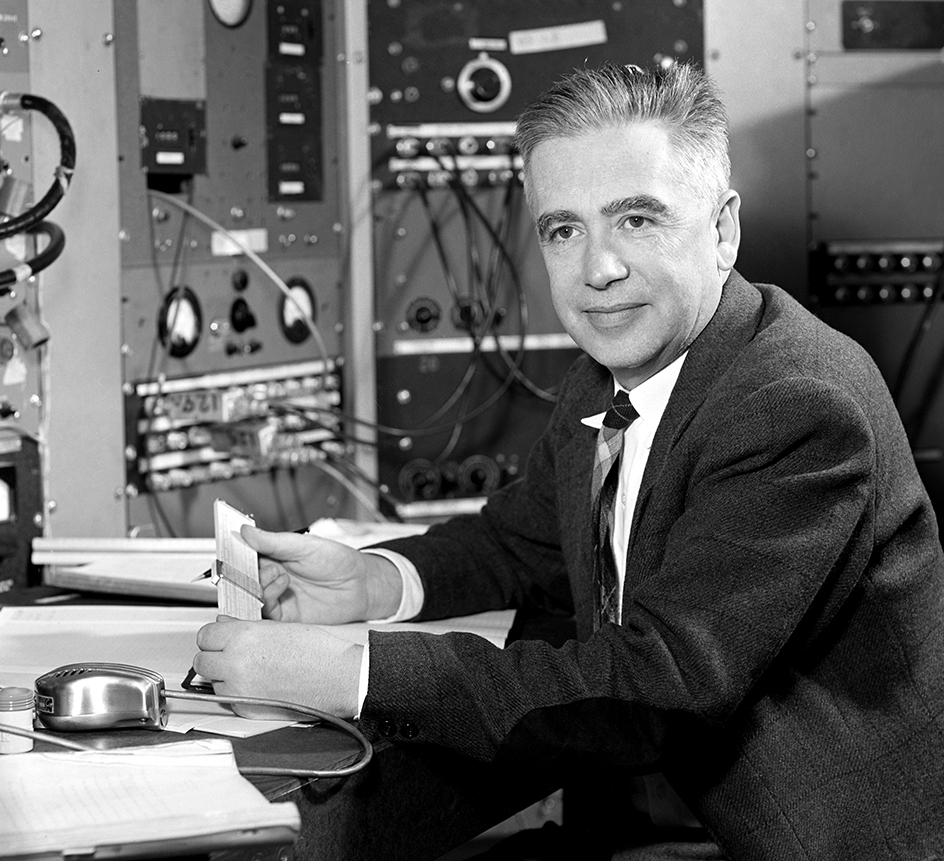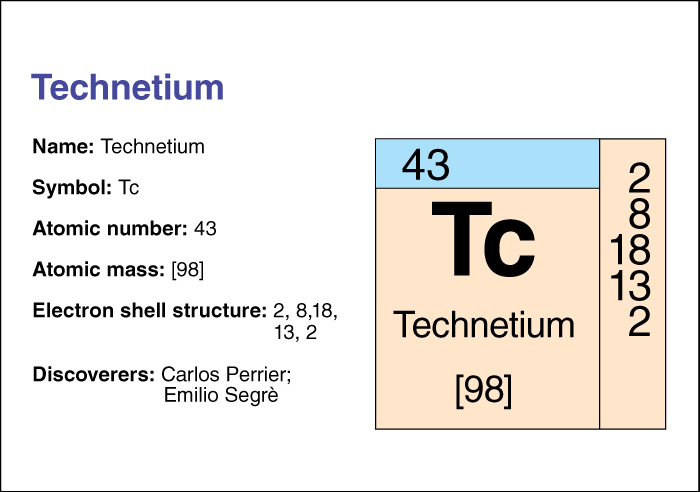Segrè << say GRAY >> Emilio Gino (1905-1989), an Italian-born American physicist, was a leader of the team of scientists that demonstrated the existence of the antiproton, a tiny subatomic particle. An antiproton has the same mass as a proton, but is negatively charged. The team made the discovery by studying collsions between atomic nuclei using a large particle accelerator. Another leader of the team which discovered antiprotons was American physicist Owen Chamberlain. For this work, Segre and Chamberlain shared the 1959 Nobel Prize for physics.

Segre’s earlier work in nuclear physics included helping in the discovery of slow neutrons. He was one of the team that discovered technetium, the first artificially created element, in 1937. Segre was also part of the team that, in 1940, discovered the element astatine, and created the isotope plutonium 239. His main area of interest, however, was in the study of antineucleons. Nucleons, particles that make up an atom’s nucleus, are protons or neutrons. Antinucleons are negatively charged nucleons.

Segre was born in Tivoli, Italy, and entered the University of Rome to study engineering in 1922. He changed to studying physics in 1927, and a year later gained a Ph.D. Segre served in the Italian army from 1928 to 1929, and then returned to the University of Rome to teach. In 1938, he moved to the United States. He became a U. S. citizen in 1944. Segre taught mainly at the University of California at Berkeley.
